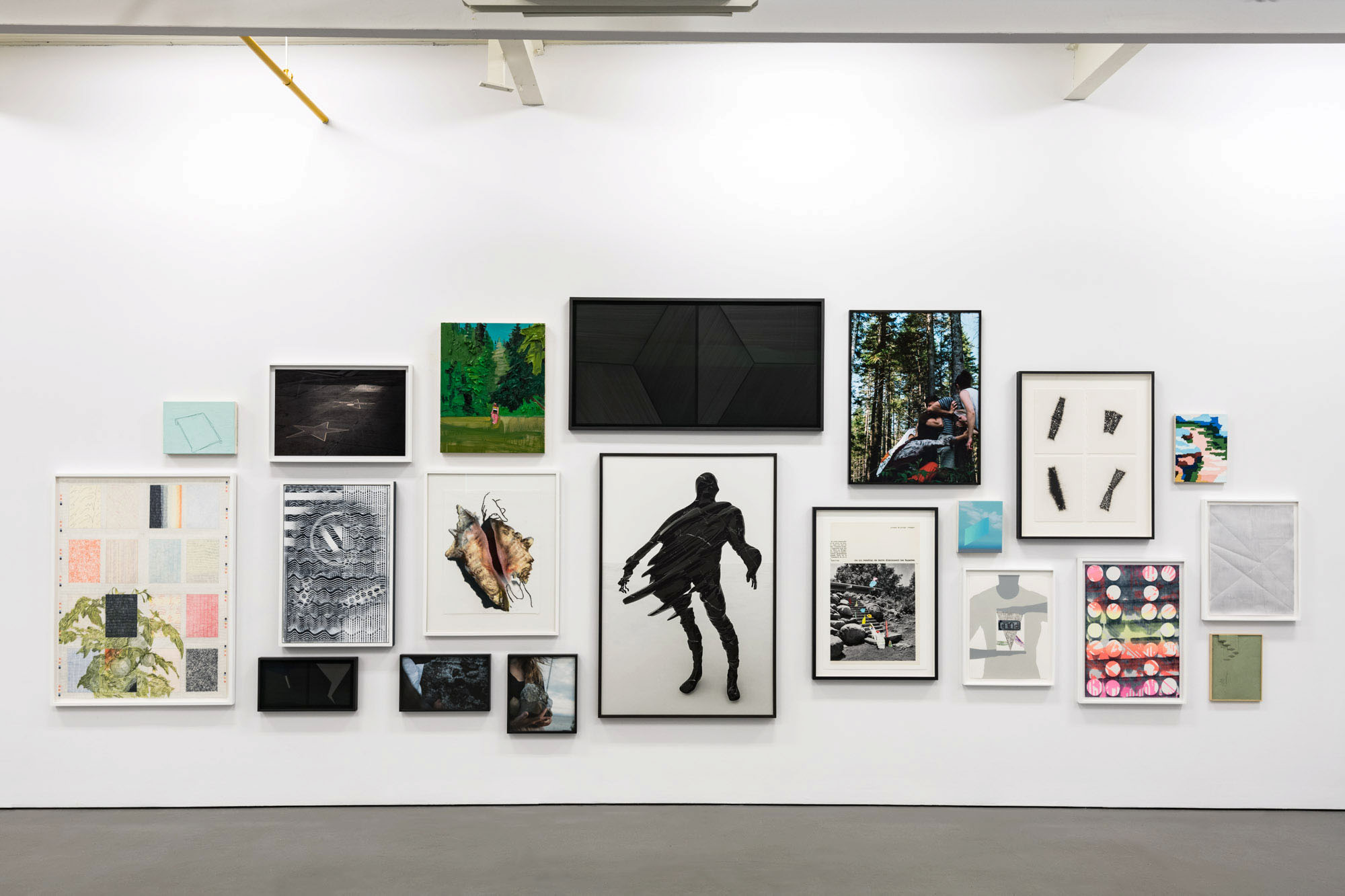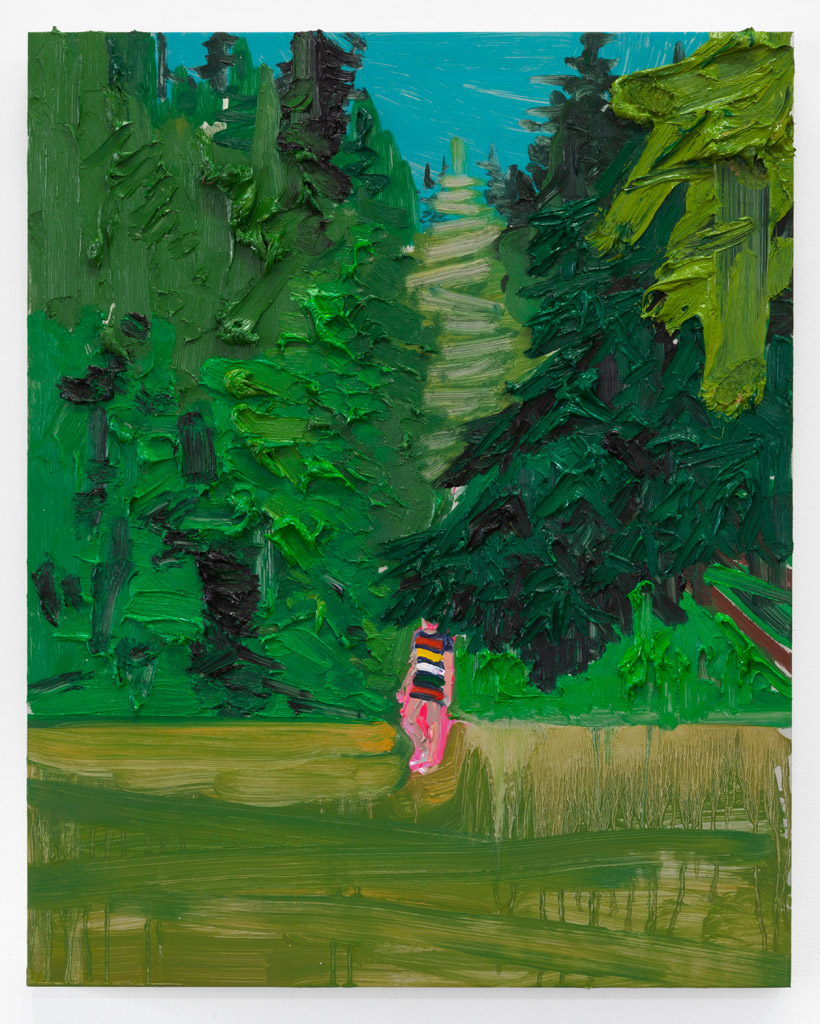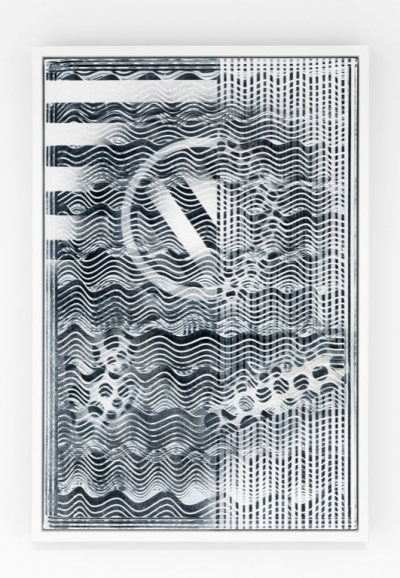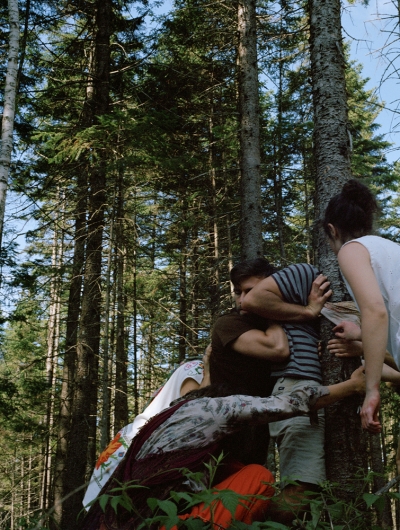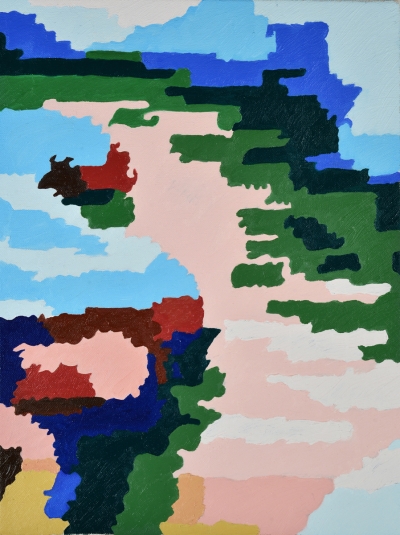Exhibition view, Galerie Antoine Ertaskiran, Montreal
Group exhibition - In support of Les Impatients 04 dec.— 22 dec. 2018
22
dec.
2018
MATHIEU BEAUSÉJOUR
JACYNTHE CARRIER
JULIA DAULT
KIM DORLAND
NICOLAS GRENIER
VALÉRIE KOLAKIS
LUCE MEUNIER
AUDE MOREAU
JON RAFMAN
LES RAMSAY
JEANIE RIDDLE
ANDREA SALA
DEREK SULLIVAN
AMBERA WELLMANN
Galerie Antoine Ertaskiran is pleased to present a group exhibition, featuring recent works by Mathieu Beauséjour, Jacynthe Carrier, Julia Dault, Kim Dorland, Nicolas Grenier, Valérie Kolakis, Luce Meunier, Aude Moreau, Jon Rafman, Les Ramsay, Jeanie Riddle, Andrea Sala and Derek Sullivan. This exhibition highlights the diversity of aesthetics and means of expression that can be found in this captivating exhibition. The public is invited to discover the particular approach of each of the artists which, complementing that of the others, forms a new ensemble.
A portion of the proceeds will be donated to Les Impatients, whose mission is to help people with mental health problems through artistic expression.
Mathieu Beauséjour works from a stand of resistance, corruption or “semiotic terrorism”. Employing diverse techniques, he overthrows materials and concepts of power, alienation, and oppression. His work gives both an ironic and a nostalgic feel within political and artistic avant-garde.
Jacynthe Carrier uses photography and video to examine the different relationships between the body and the environment, as well as the way we conceive and absorb landscape. Whether urban or rural, landscape is a topic that has been adopted in her work as a place of recreation and of the “still-possible.”
By devising expressive gestures through rules and reasoning indicative of Post-Minimal and Conceptual art, Toronto-based artist Julia Dault is part of a generation of artists invigorating abstract painting today.
Kim Dorland pushes the boundaries of pictorial representation through an exploration of memory, material, nostalgia, identity and place. His work is a collection of contradictions and contrasts. In pursuit of pushing the limits of his own practice, Dorland is an experimenter at heart who looks for new ways to rethink the language of painting. His refusal to remain faithful to one medium or approach plays into the symbiotic nature of his work; the deadness of acrylic, the sheen of spray paint and the density of oil all unite to engage the viewer.
Nicolas Grenier’s interest lies in the distorted connections between the many systems we inhabit—political, economic, cultural and social—and the principles or absence of principles at the root of these systems. His artworks, primarily paintings and architectural installations but also drawings, prints, videos and artist books, translate these theoretical, philosophical problems into the visual or the physical. He uses freely the language of architecture and diagrams to imagine dysfunctional models or structures that question the ways in which our current neo-liberal system shapes the social landscape.
Valérie Kolakis’ work is an exploration of architectonics in relation to issues of migration, displacement and change. The underlining themes behind her work are of subtraction, vacancy and the false referent in the urban landscape. Specifically, it is a conceptual investigation of how identity is constructed and subsequently constrained by society and its physical spaces. At the core of this is a questioning of the idea of biography.
Luce Meunier uses a bare minimum of visual and graphic language to create her works and thus reflects about the power of painting as an action or reaction, for any given environment and support. The artist is concerned with original application processes, and finds non-classical methods to apply her subject.
Aude Moreau’s interventions and installations tend to express the physical experience of spatiality by recycling the different residual experiences of the ‘utility and productive whole’. Operating both with a conceptual approach and the use of strategic realization procedures, these residual experiences are often arranged through the use of topographic or cartographic data.
An explorer and archivist of internet culture, Jon Rafman investigates the changing nature of the self under contemporary conditions as he navigates the boundaries between the virtual and the real, the historical and the personal. His body of digital and physical works traverses the found and the made, the still and the moving, incorporating video, installation, sculpture, photography and painting.
Les Ramsay creates his works by recycling the excess of everyday domestic objects and uses both constructive and deconstructive strategies. Considering Modern traditions while exploring the frontiers of contemporary painting, he uses collage methodologies to develop formal compositions.
Andrea Sala imagines new environments and worlds by mixing present and future images, oscillating between reality, fiction and imagination. He gives special attention to the forms of design and architecture, questioning the materials that constitute them and their formal values.
Derek Sullivan (born 1976) is a contemporary visual artist from Toronto, Ontario. Sullivan’s multidisciplinary practice employs drawing, sculpture, book works, and installation to engage with the legacy of modernist art and design. The artist questions familiar forms and genres, often to examine the links between one discipline and the next. Books and the act of reading have consistently been central to Sullivan’s practice.
Ambera Wellmann’s work emerges from an engagement with a diverse range of nineteenth-century figuration from the Western canon. She is interested in artists who conceptualized modes of realism as an engine of self-understanding and renewal during periods of rapid social and technological transformation.
For any information request contact Antoine Ertaskiran or Anne Roger: info@antoineertaskiran.com or +1-514-989-7886.

